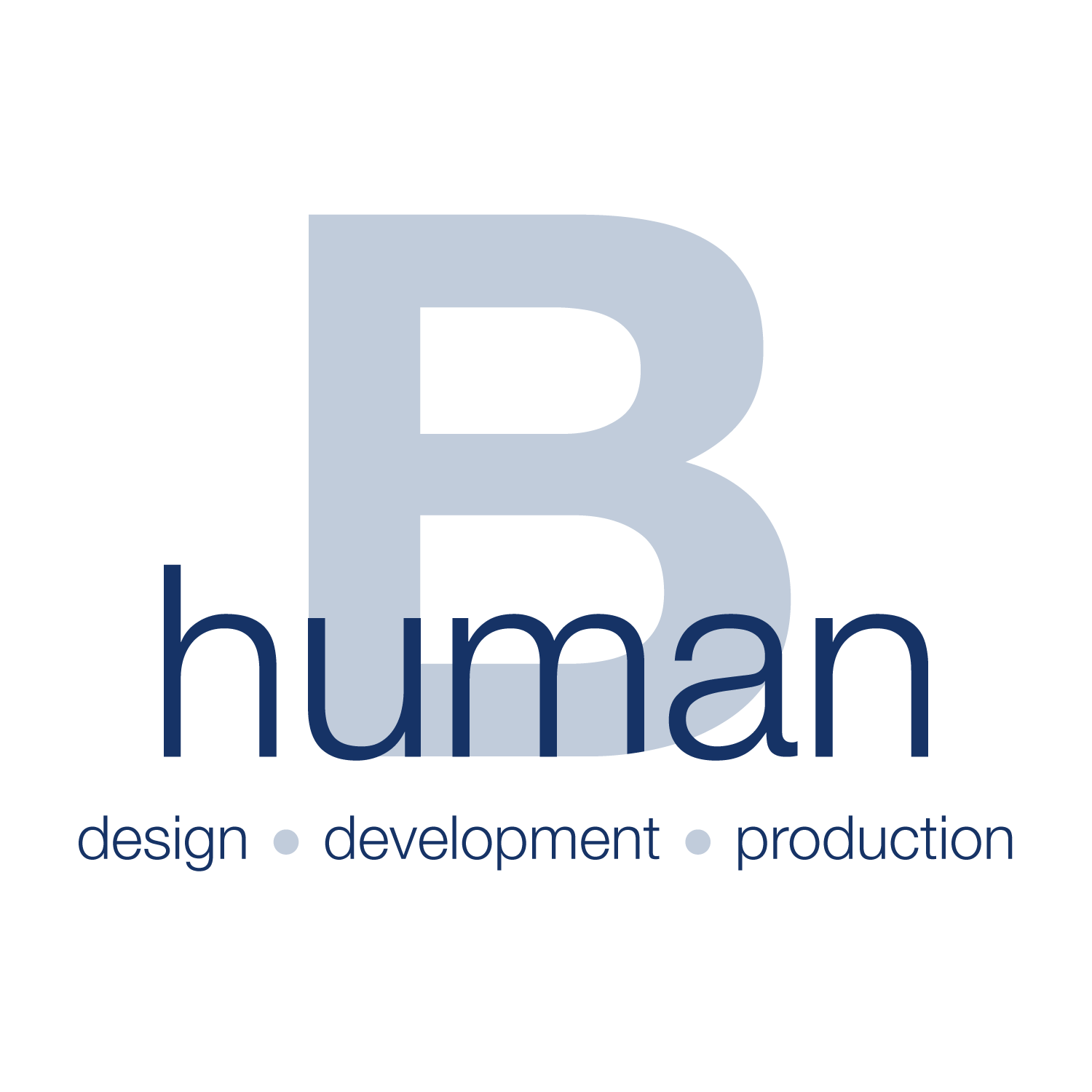Setting the right retail price range isn't just about numbers. It's a strategic decision.
Understanding the intricate connection between pricing and production is essential for sustainable growth and success and can significantly impact your fashion brand's production process and sales.
To do it right, you’ll need to balance factors like production costs, brand positioning, target market, competition, and desired profit margins.
In this article, you’ll learn how retail price plays a pivotal role in shaping both the creative and business aspects of fashion brands and get some tips to help you make informed decisions:










